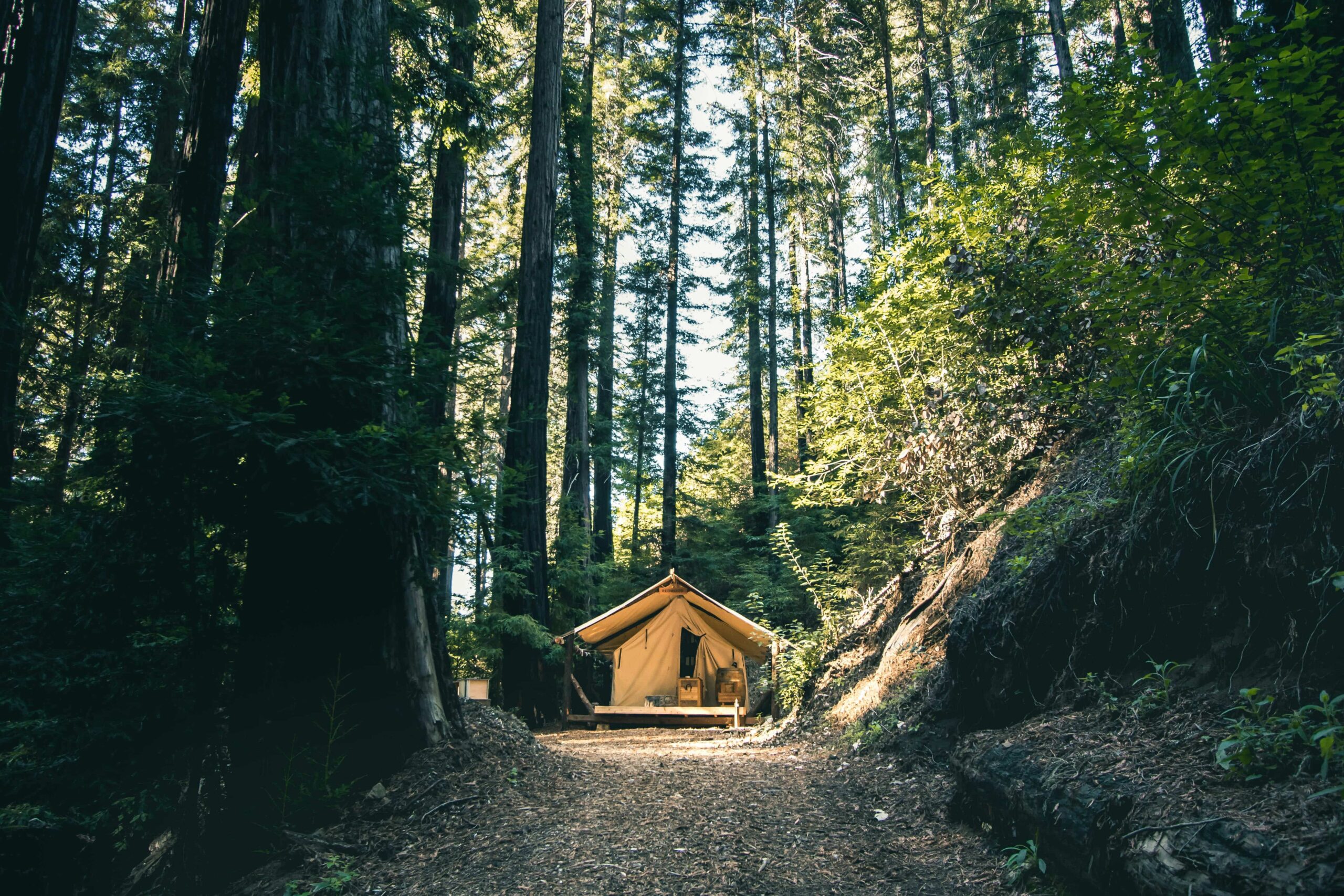Glamping accommodations such as yurts, domes, and treehouses have reached parity with tents as the most preferred option among U.S. campers, according to RMS’s newly released 2025 State of Outdoor Hospitality Report.
The report, published Sept. 3, draws on responses from more than 550 campers nationwide.
The findings mark a shift in outdoor travel preferences. For the first time, 29% of respondents named glamping structures as their first choice of accommodation, matching the share who preferred tents. The figure represents a five-point rise in glamping demand over 2024.
While interest in camping remains strong overall, respondents expressed concern over broader pressures affecting the sector.
Forty-three percent said they worried that government staffing cuts could diminish the national park experience, while 45% cited financial uncertainty as a factor that may limit their travel plans in the coming year.
Generational differences also shape camping habits, the survey found.
Nearly one-third of Gen Z participants said they preferred glamping, Millennials leaned more toward tent camping, and Gen X and Boomers largely chose RVs. The majority of campers said they typically take one or two trips a year, though 58% indicated they would travel more often if time and money permitted.
Technology continues to play a growing role in booking behavior. Sixty-four percent of campers reported booking directly on a campground’s website, and fewer than one in 10 said they use a desktop computer to do so.
Speed and communication also carry weight, with 61% calling confirmation messages “extremely” or “very” important.
According to a press release, Adam Seskis, CEO of RMS, said the report underscores shifting expectations in outdoor travel. “The fact that glamping has now matched traditional camping as a top accommodation choice is a clear sign that comfort and convenience are no longer just nice-to-haves, they’re now expected,” he said.
Seskis outlined several takeaways for operators. “This report shows that for campsite operators three things matter most. First, ensure your booking experience is effortless on a phone as most guests won’t switch to a computer.”
“Second, treat automated messages such as confirmations and pre-arrival notes as opportunities to add value, whether that’s a welcome hamper for glampers or an extended-stay offer for RV guests. Third, keep pricing transparent and deposits flexible so guests feel confident booking even when budgets are tight,” Seskis added.
He added: “In summary, keep mobile booking simple, add thoughtful extras, and be clear on pricing to set yourself up well for the year ahead.”
The report also highlights differences in spending priorities across camping segments. Glampers and van campers, while budget-conscious, were most willing to purchase comfort-oriented extras such as premium linens or hot-tub sessions.
RV travelers valued reliable hookups and organized on-site activities, while younger tent campers were especially influenced by social media when choosing destinations.
Despite these differences, natural settings remain the strongest draw across all groups. Nearly half of respondents cited scenic surroundings as their top reason for choosing a camping trip.
Featured image by RMS


